Feature
Hokum Or Polemic: How Horror Fiction Deals With Domesticity As The ‘True Terror’
Have you ever wondered why so many horror films deal with evil children as the spawn of Satan or have household objects getting possessed by evil spirits? Why do horror novels have haunted houses like the Hill House in Shirley Jackson’s The Haunting Of Hill House or antichrist-like children as in David Seltzer’s novel The Omen? Are these books trying to displace the anxieties that stem from a ‘normalised life’ onto their pages?
Horror often serves as an allegory for the real terror of the everyday, which is constituted by the anxiety of living in a codified world where we may or may not fit in. Horror fiction taps into our unconscious fears and plays upon our heightened emotional states. Do the evil children and the possessed objects in horror books then represent the instability of a domesticated life, where marriage is a step towards bearing progeny, followed by old age and death?
Think hard about all the horror novels you have read, and the horror films you have seen, spilling popcorn onto your seat inside dark cinema halls. The haunted houses all have cobwebs, decrepit rooms and decaying wallpaper, in addition to the ghosts.There is an air of neglect that gives rise to a sense of instability in the domestic environment, which, according to me, is the ideal.
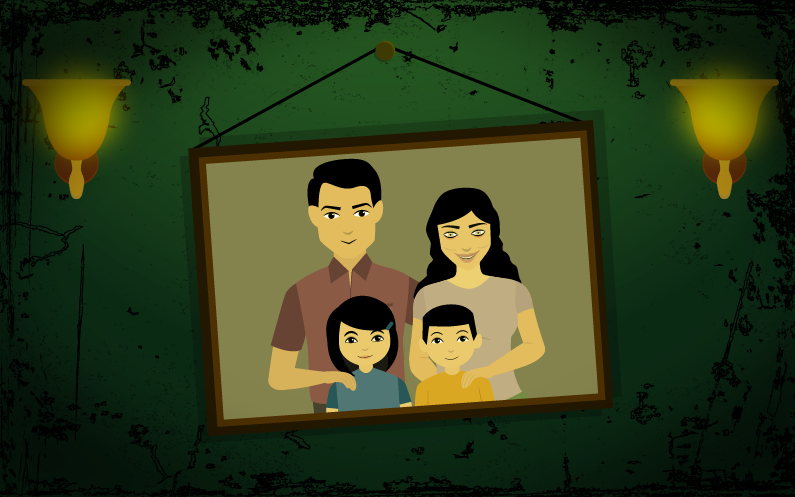
Domesticity, Horror And The Feminine
Popular culture has glamorised domestic life as the suburban ideal. According to it, women do the laundry and other household chores and ensure that their families are served hot food whenever needed. Domestic life is, thus, presented as an aspiration for those of us who may find it tiresome and unsettling.
What the glorification of domesticity fails to show are the fears that quietly eat away at the insides of those trapped in its entrails. Domestic life is so bound by dogma that even household responsibilities have been legitimised to fall on the shoulders of one sex alone. In her short story The Yellow Wallpaper, Charlotte Perkins Gilman critiqued domesticity and the limitations it placed on women in the 19th century. The protagonist, upon losing sense of her inner self while trying to be the perfect housewife, ultimately ends up tearing the yellow wallpaper in her room. Gilman’s story carries many elements of a gothic horror story, and she uses horror as a subversive trope to rebel against the cult of domesticity.
In her 1913 article ‘Why I Wrote The Yellow Wallpaper’, Gilman herself proclaimed that she wrote the story in order to ‘save people from being driven crazy’. Often, horror stories take a deeper look at the ills plaguing our normative society, where insanity is demonised. The protagonist, Jane, in Gilman’s short story is put in isolation as she displays the symptoms of a mental disorder. She is deemed hysterical by her doctor and her husband and told to relegate herself to the domestic sphere in order to get better. By tearing off the decaying yellow wallpaper in her room, Jane is able to assert some agency of her own. In the act of ‘tearing’, she relinquishes a hold on the strictures of domestic life that tie her to her husband, who only ‘laughs at her’, something that she believes ‘one expects in marriage’.
Jackson’s The Haunting Of Hill House, with its mysterious Hill House, also deals with the ideas of duty and domesticity. The protagonist, Eleanor, finds herself drawn to the house which is known to hold darkness. But Jackson does not use the usual tropes to inspire horror. Instead, as director Guillermo Del Toro points out in the introduction to the book, she turns the haunted house into a character unto itself.
Then again, Jackson’s book is not the only one that showcases horror through the act of exclusion.
God Is Dead But Satan Lives On: Rosemary’s Baby
In Ira Levine’s 1967 cult classic Rosemary’s Baby, there are no overt references to the usual tropes of horror. Instead, Rosemary and her husband, Guy, live in a posh Manhattan apartment, a far cry from the staple of cobwebbed houses. And yet, this is considered to be one of the most powerful novels within the horror genre, detailing the paranoia of a newly married housewife. This novel is an example of less being more when it comes to this genre and reminds us that reanimated corpses and apparitions are less scary than the deathly silence in a chic apartment that houses a crumbling marriage.
Rosemary’s Baby proclaims that ‘God is Dead’, a headline made famous by Time magazine that spurred Levine to write this book. Religion has often been used to enforce the traditional roles of gender in our domestic lives. The question that then arises is whether the absence of a God constitutes the darkness in these stories or is the darkness merely emblematic of the deeper rifts in the domestic sphere?
These novels become truly terrifying without situating themselves in graveyards because they ultimately hit home. They impinge upon our darkest desires, expose our fears and touch a nerve. The crumbling, broken marriage is something that can be seen around us. The grisly marks disguised as the wrist-marks of ghosts could, in reality, be caused by domestic abuse. The coven of witches could represent the women society finds too ‘hysterical’ for its taste. The demonic claw rising from the bathtub in A Nightmare On Elm Street could represent the predatory nature of so many men around us.
Horror And Female Sexuality
Have you ever wondered why the horror genre is preoccupied by young, virginal girls being chased around by monsters? Why is the protagonist of most horror-slasher films a young girl, who has to finally behead the monster, thus earning herself the epithet of ‘final girl’? Why is the feminine invariably associated with the grotesque? Wailing women on highways asking for lifts have often been a part of our urban legends. The desire to paint female sexuality as horrific is a reason for the abundance of such tropes within the genre. Female sexuality is thus linked with negative consequences, in order to try and repress it. In his book Genre, Stephen Neale pointed out how female sexuality makes women desirable but also ‘threatening’ at the same time to men. As a result, women who overstep societal boundaries are easily cast into the role of the monster.
However, by going deeper into the symbology of horror novels and films, we might be able to discover what these tropes stand for. We can unearth the desire to objectify women, the importance given to the male gaze and the relegation of women to the domestic sphere. Some of the heroines of horror novels like Jackson’s and Levine’s are truly ‘undomestic’ as they are not submissive. Levine’s novel puts the onus of the husband’s bartering of his soul to Satan on his wife, which could be considered misogynistic. Or, we could see it as a way to point out the inherent gender imbalance in a marriage, which is seen as the bedrock of domesticity.
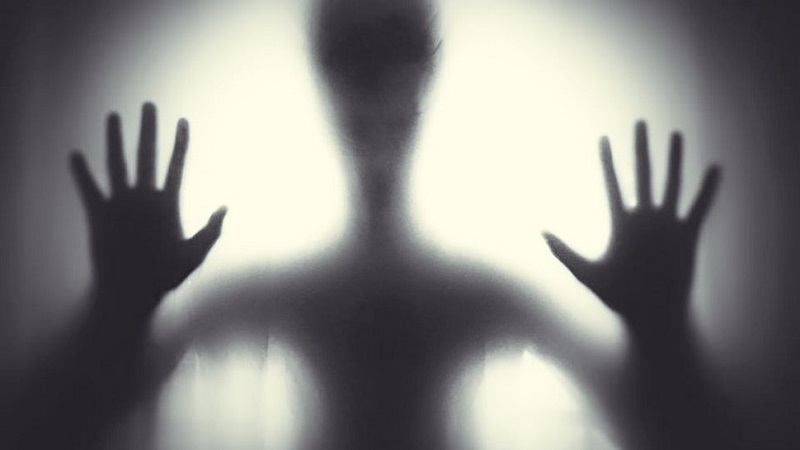
(Image via Bustle)
Psychological Horror Of The Everyday
Our real lives are often so far removed from the domestic ideal that we displace these contradictions as transgressions in the act of writing and making horror. Horror can be used as a subversive tool to talk about this displacement, like Stephen King does in his outstanding novel, The Shining. The novel details the tragically abusive relationship between a husband and a wife, and a father and his son. The protagonist’s alcoholism and talk of ‘cabin fever’ does not excuse the behaviour he displays towards his family. The ghosts in the novel are merely projections of this dysfunctional behaviour.
Despite being seen as a genre meant for lurid consumption, horror still endures. And we need to ask ourselves why. Why do the portrayals of creaking mansions with family ghosts keep us up at night? Perhaps we are afraid of the skeletons in our closets; the hushed secrets that abound in ‘ideal’ domestic lives. Anything that is a jarring note in this domestic ideal is stashed away in a remote corner or transformed into fear on the pages and on screen. It is never seen for what it is, as the undercurrent of everyday life, often besieged with terror. And like Levine’s Rosemary, we just term it ‘demonic’, proclaim God to be dead and choose to not look inside our closets, or beneath our beds.


Isha Singh
Isha Singh is an alumnus of Miranda House, Delhi University, where she pursued English Honours. She did her schooling from Loreto Convent Lucknow. For her Ph.D in English Literature at Jawaharlal Nehru University, she worked extensively on the trauma and memory of the Holocaust. Where Do You Go in the Dark, My Love? is her debut novel. You can follow her on Facebook, here.
Read her articles, here.

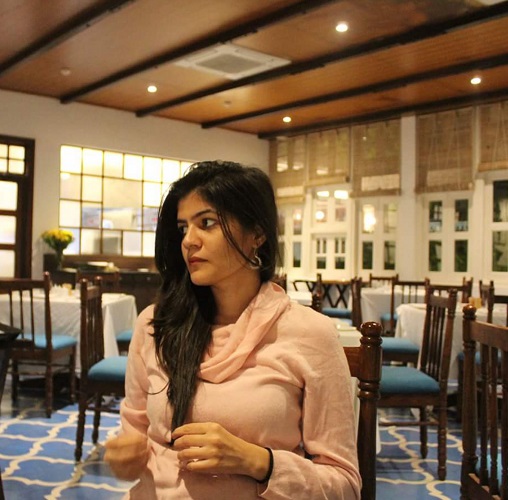
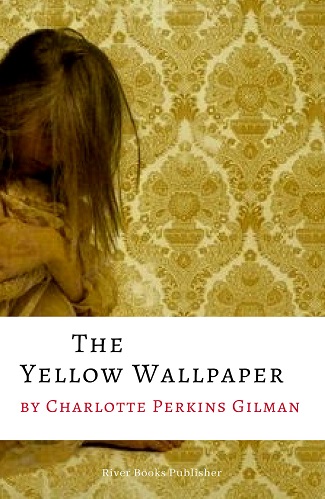
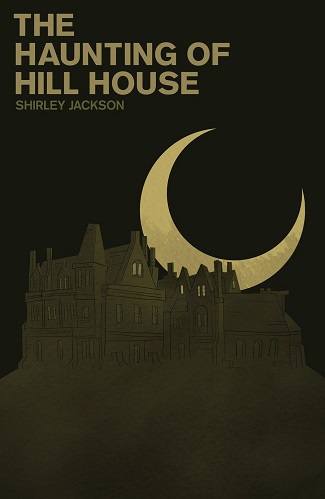
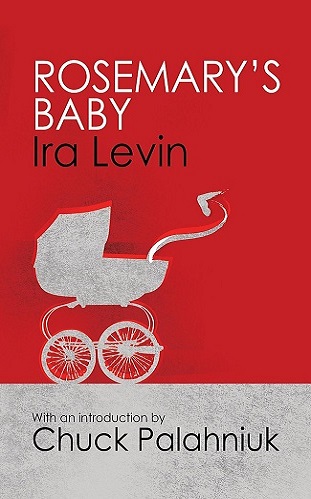
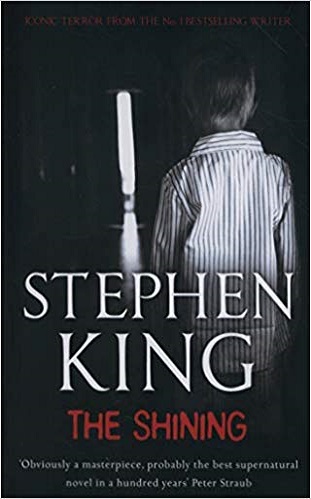


Hi Isha,
Very nicely written. I have often wondered about the present-day obsession with horror/crime fiction/thriller genre. I am not a consumer of these books. At the same time, I do not turn a blind eye to the terror that may be the “undercurrent of everyday life”. What I wonder is whether the authors of these depictions of overt and covert terrors get the message across to readers ? Or whether the consumers of these books use the ideas described therein to either recreate the scenes of horror or use the books as a way to condone behaviour that although unacceptable, have been captured in print?